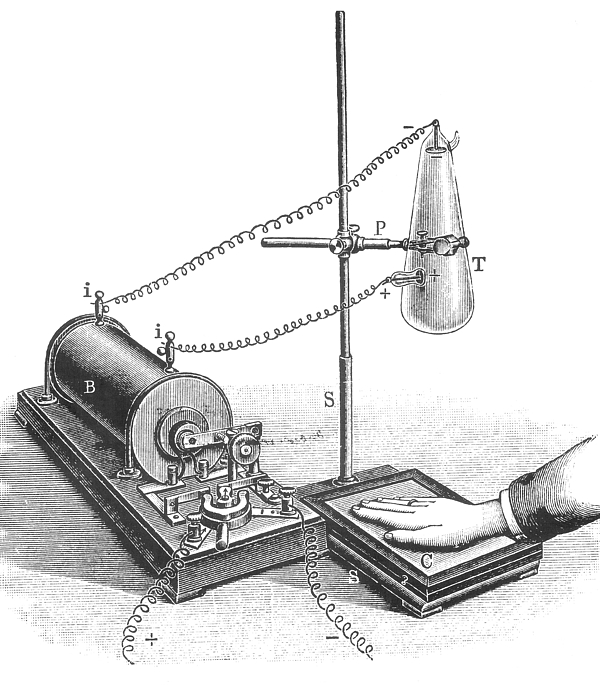Looking for design inspiration? Browse our curated collections!


Boundary: Bleed area may not be visible.

The watermark at the lower right corner of the image will not appear on the final product.
Inside Message (Optional)
Inside View

$6.95
Quantity
The more you buy... the more you save.
Orientation
Image Size
Product Details
Our greeting cards are 5" x 7" in size and are produced on digital offset printers using 100 lb. paper stock. Each card is coated with a UV protectant on the outside surface which produces a semi-gloss finish. The inside of each card has a matte white finish and can be customized with your own message up to 500 characters in length. Each card comes with a white envelope for mailing or gift giving.
Design Details
Wilhelm Conrad Roentgen (1845-1923), German experimental physicist and discoverer of X-rays. While using a discharge tube (in which an electric... more
Ships Within
2 - 3 business days

Photograph

Canvas Print

Framed Print

Art Print

Poster

Metal Print

Acrylic Print

Wood Print

Greeting Card

iPhone Case

Throw Pillow

Duvet Cover

Shower Curtain

Tote Bag

Round Beach Towel

Zip Pouch

Beach Towel

Weekender Tote Bag

Portable Battery Charger

Bath Towel

Apparel

Coffee Mug

Yoga Mat

Spiral Notebook

Fleece Blanket

Tapestry

Jigsaw Puzzle

Sticker
Wilhelm Conrad Roentgen (1845-1923), German experimental physicist and discoverer of X-rays. While using a discharge tube (in which an electric discharge is passed through a gas at low pressure) in a darkened room, Roentgen noticed that a card coated with barium platinocyanide glowed when the tube was switched on. The effect was not blocked by an intervening wall, or even a thin sheet of metal. Roentgen termed this newly discovered phenomenon X-ray radiation, and suggested that it consisted of electromagnetic rays with a shorter wavelength than light. He was awarded the first Nobel Prize for Physics in 1901. Drawing of the X-ray machine used by German physicist Wilhelm Roentgen to produce images of the hand. The generator (B) supplied a high voltage to the cathode ray tube (Crookes tube) at upper right (T). This tube produced X-rays which left an image of the hand on a covered, photographic plate (C).
$6.95

